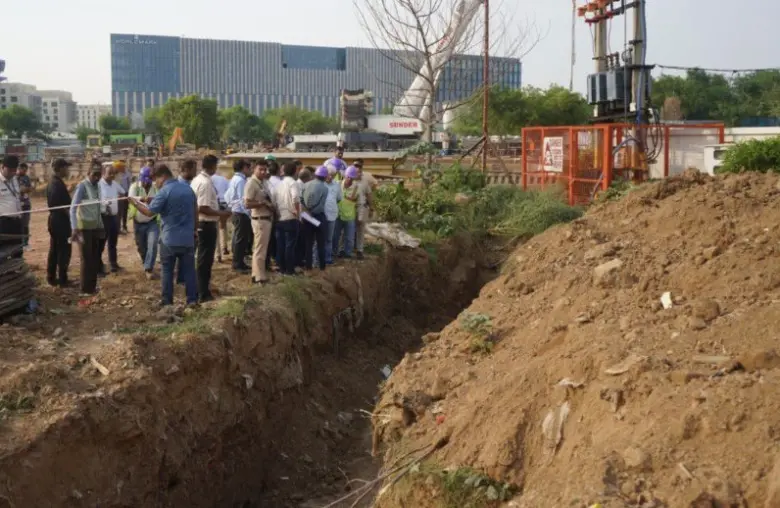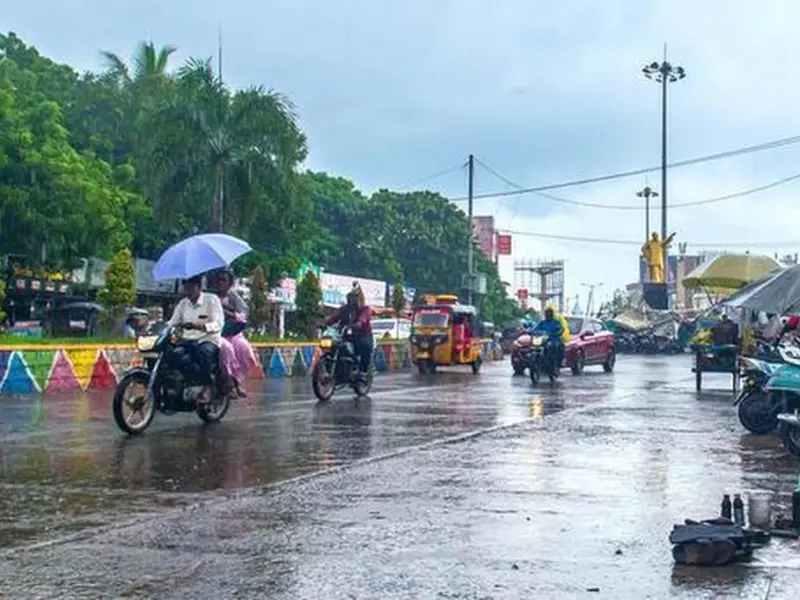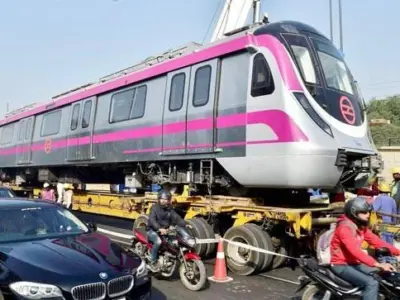Disappearing Drains Near IGI Airport
In an alarming situation, the drainage systems that once helped prevent flooding on NH8 near IGI Airport have vanished. These crucial drains, which also served the local residential areas, are no longer recorded by the municipal corporation. As the monsoon season approaches, concerns grow about the lack of preparations for this vital corridor.
Local MLA Visits Affected Areas
On June 25, local MLA Kailash Gehlot visited Mahipalpur and Rangpuri after receiving multiple complaints from residents. During the visit, it became evident that the essential drains along NH8, previously effective in managing rainwater, are now missing. The inspection revealed confusion regarding the local drainage systems, leading to water accumulation in various areas.
Call for Immediate Action
BJP MLA has voiced concerns that without proper drainage on NH8, rainwater is failing to flow away from the Mahipalpur intersection and surrounding regions. He has urged the National Highways Authority of India (NHAI) to devise a plan for a new drainage system promptly.
Impact of Urban Development
Residents and officials noted that the drain, once connected to the Najafgarh drain, has been disrupted due to highway expansion, airport development, and metro construction. This has resulted in dirty water filling the internal drainage systems of the airport and even spilling onto major roads, raising new issues related to urban planning and public safety.
Historical Context
This problem is not recent. Locals recall that a drain existed 30 to 40 years ago, which efficiently directed water towards the Najafgarh drain. However, due to recent construction activities, this channel has been lost. Officials acknowledged that the old drainage system is partially covered and inadequately mapped in current records.
Planning Failures in Urban Development
The failure to account for drainage in urban planning has led to significant issues. Over the past two decades, infrastructure around IGI Airport has been developed without plans to preserve or connect the existing drains. Different authorities have managed various aspects of construction without coordinating to ensure proper water drainage.
Airport Vulnerability
Officials indicate that the airport area is naturally low, causing water to accumulate during light rains due to the lack of effective drainage from NH8. The Najafgarh drain, which could effectively manage this water, is situated to the west and needs to be properly connected to the drainage system.
Threats to Airport Operations
A GMR official expressed concerns about the safety of the runway, noting that the malfunctioning drains on NH8 lead to a mix of rainwater and sewage entering the airport’s drainage system. This situation poses a risk by attracting birds, which can endanger aircraft operations. When water collects on NH8, NHAI often pumps it into the airport, creating further pollution and flooding issues.
Plans for New Drainage Solutions
Following the inspection by MLA Kailash Gehlot, NHAI has been directed to establish a new stormwater drain along the service road of NH8, which will connect to Delhi’s main drainage network. However, this raises concerns about accountability for rainwater management, as responsibilities for roads, construction, and drainage remain divided among different departments. This fragmentation could lead to ongoing challenges in effectively managing urban flooding.





